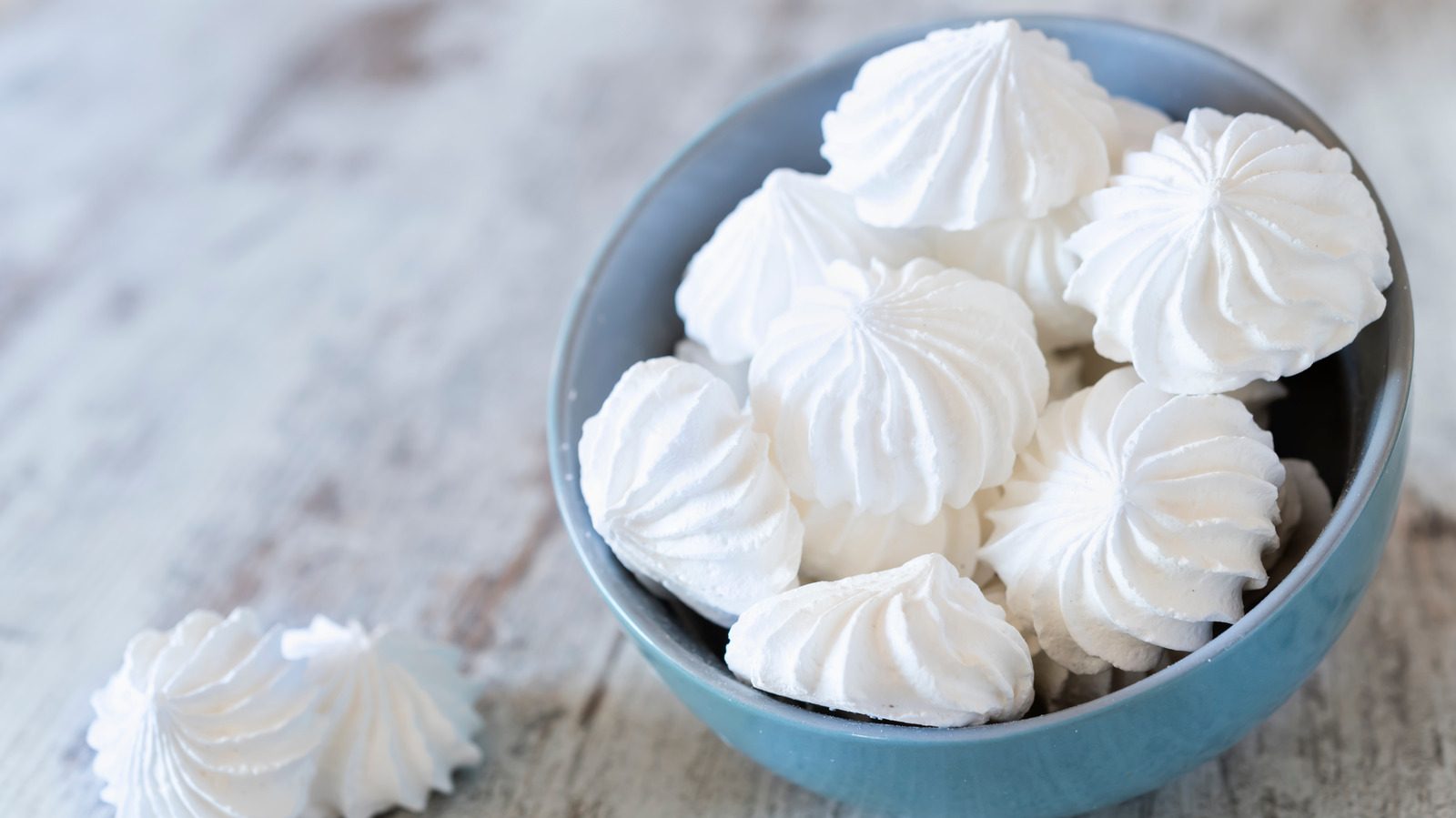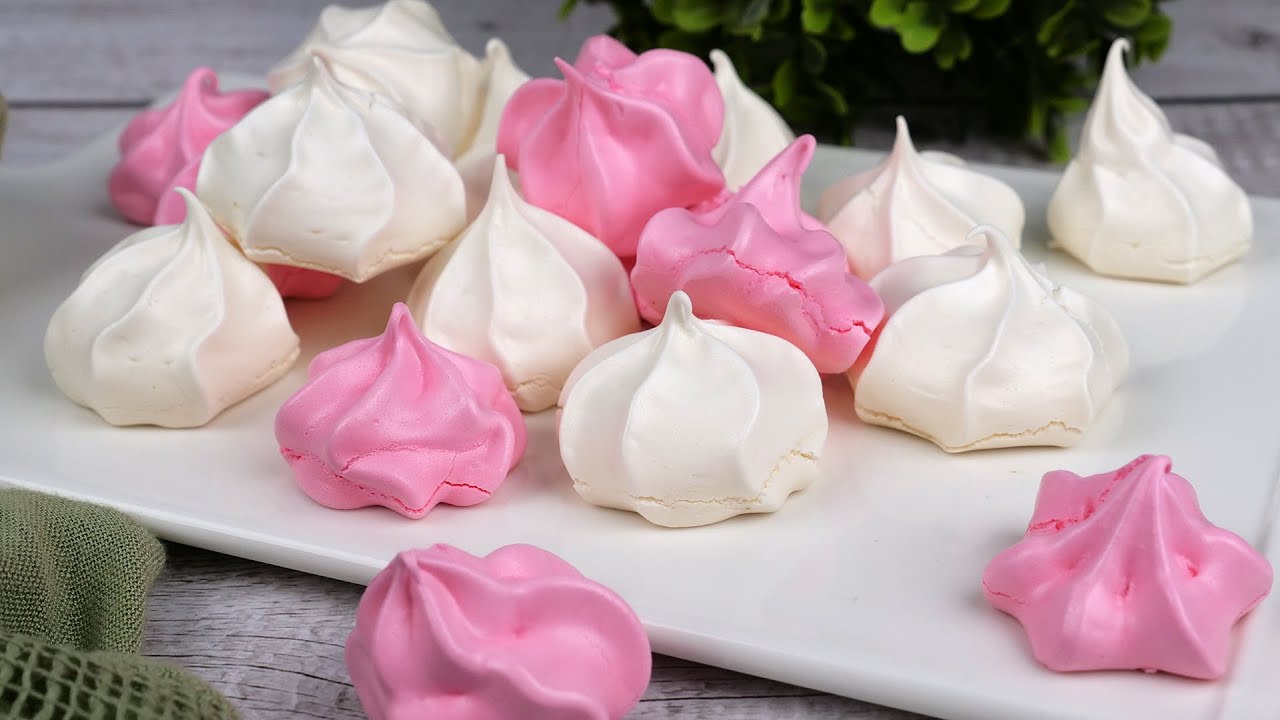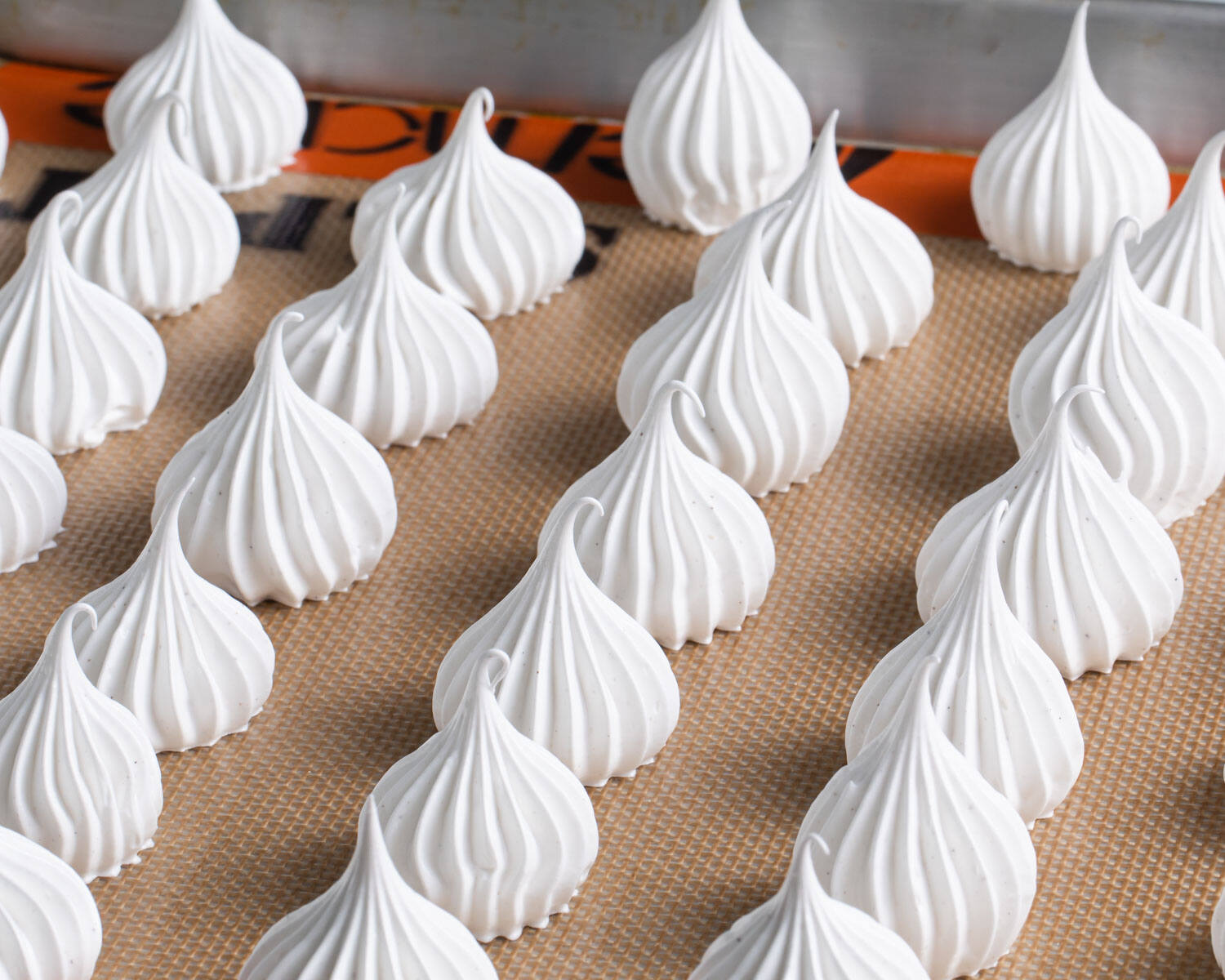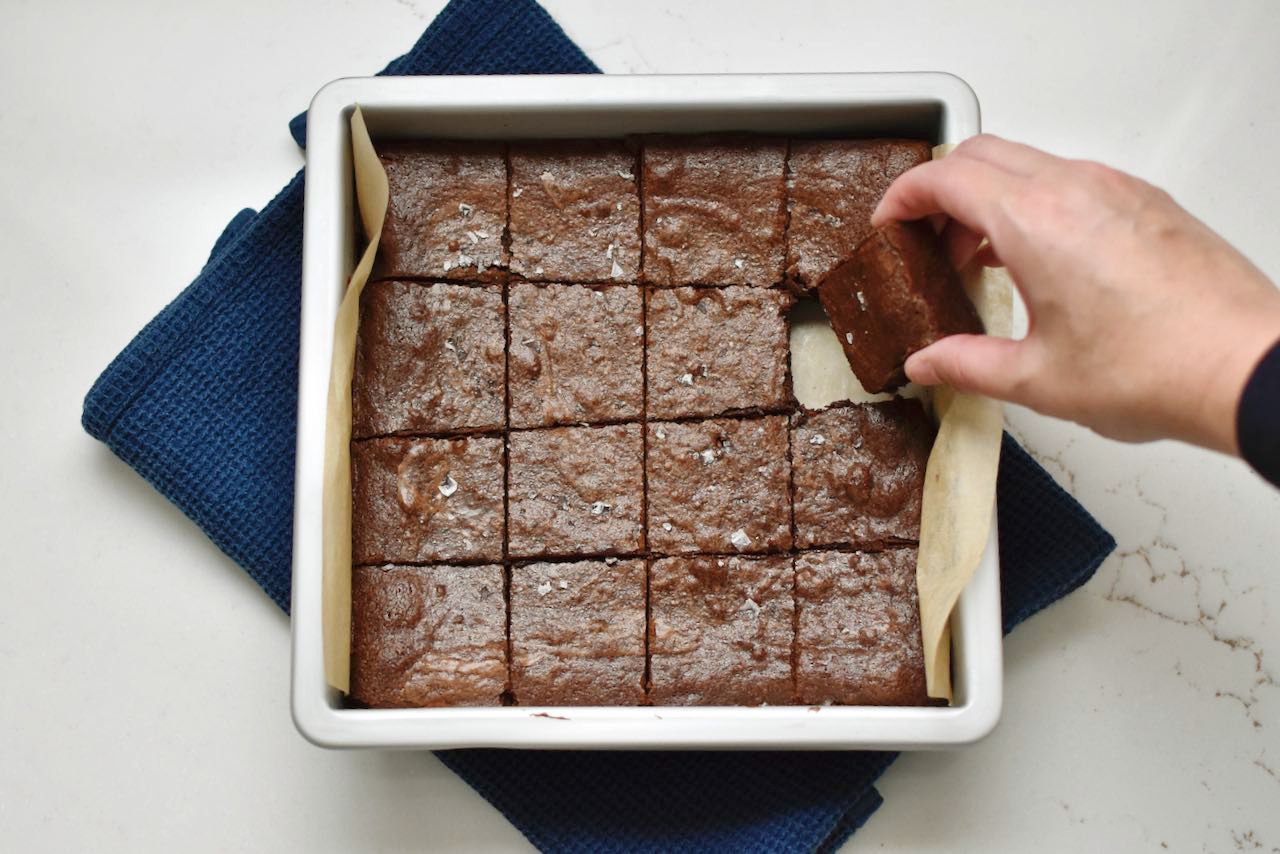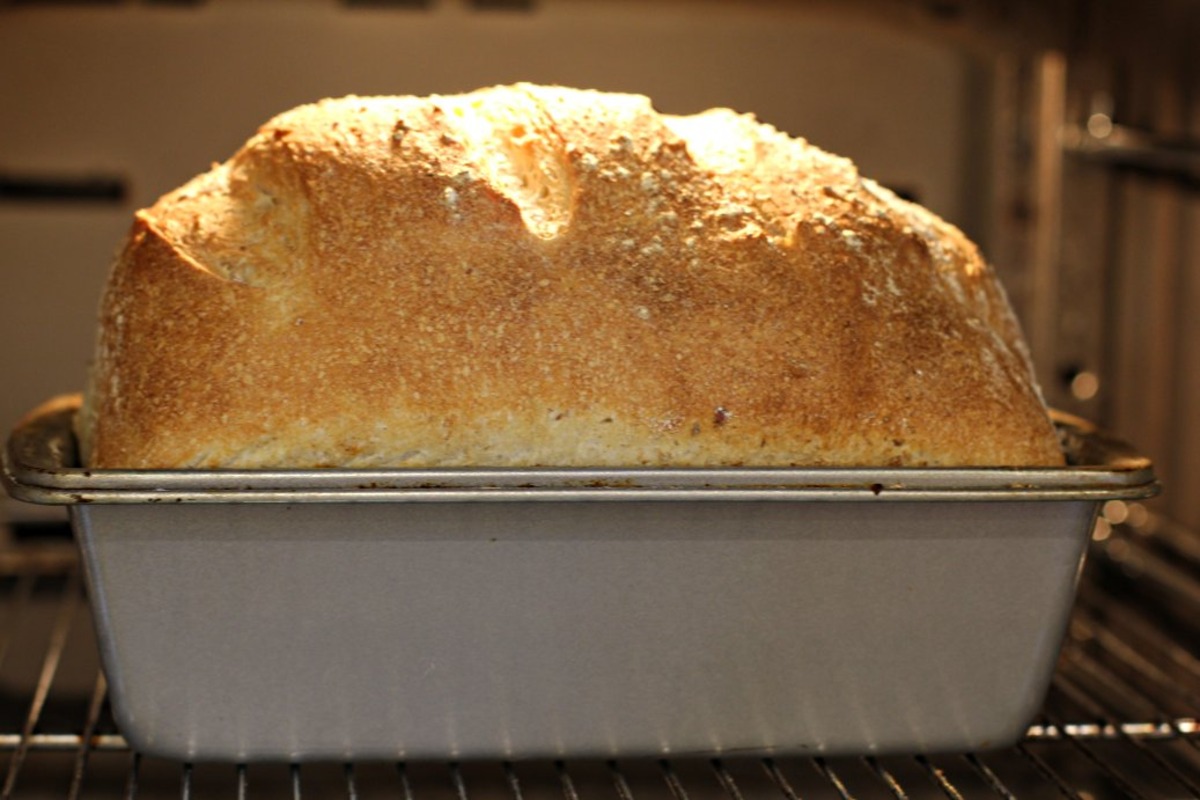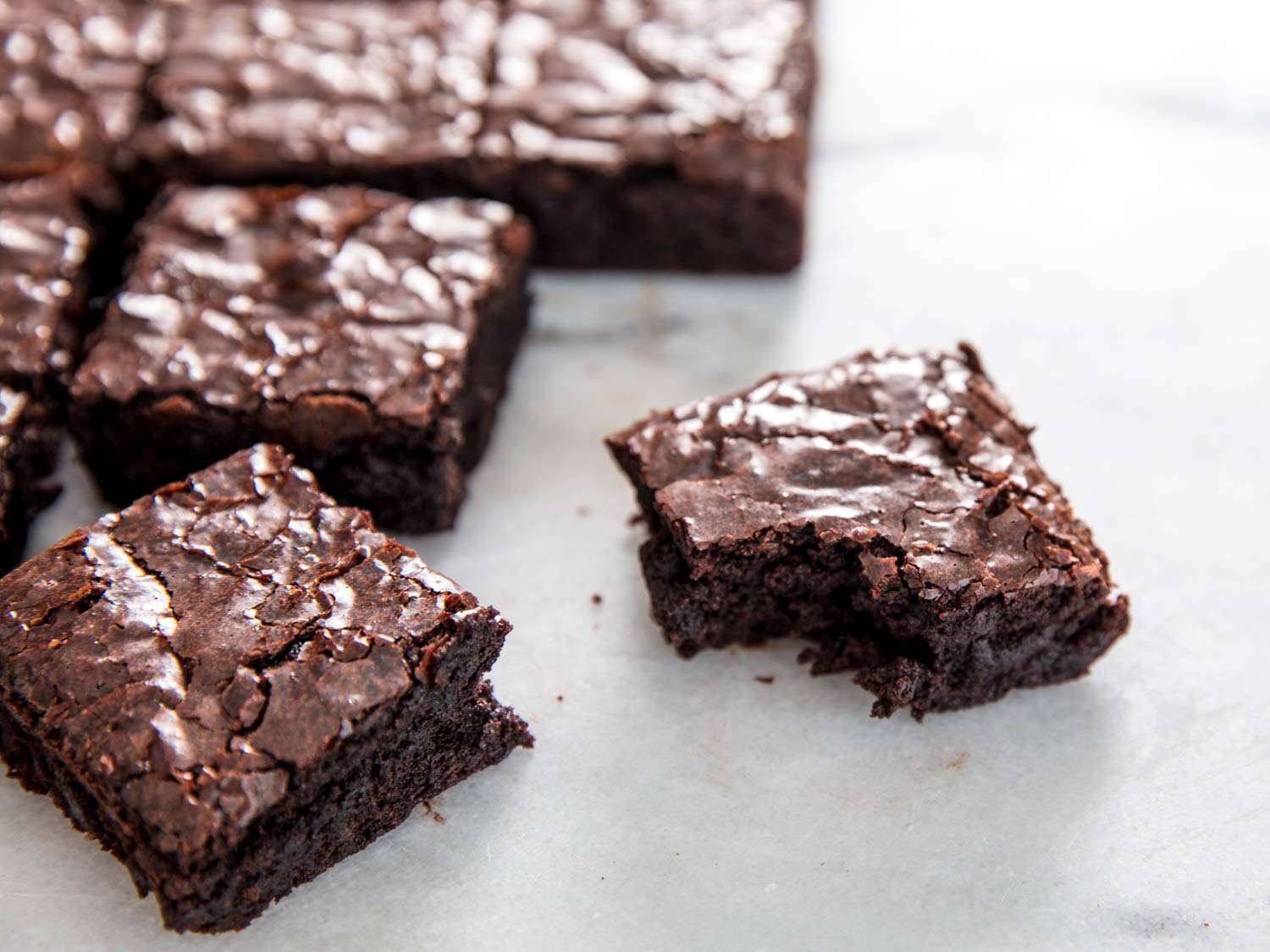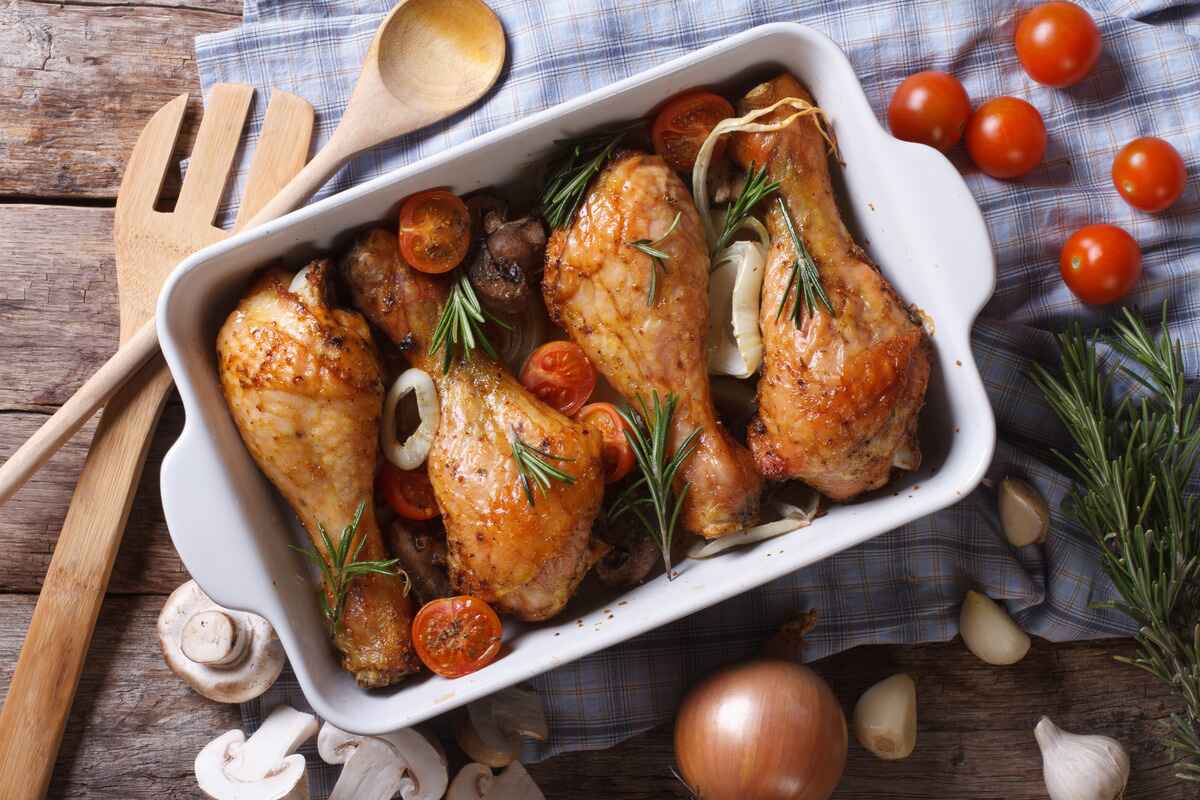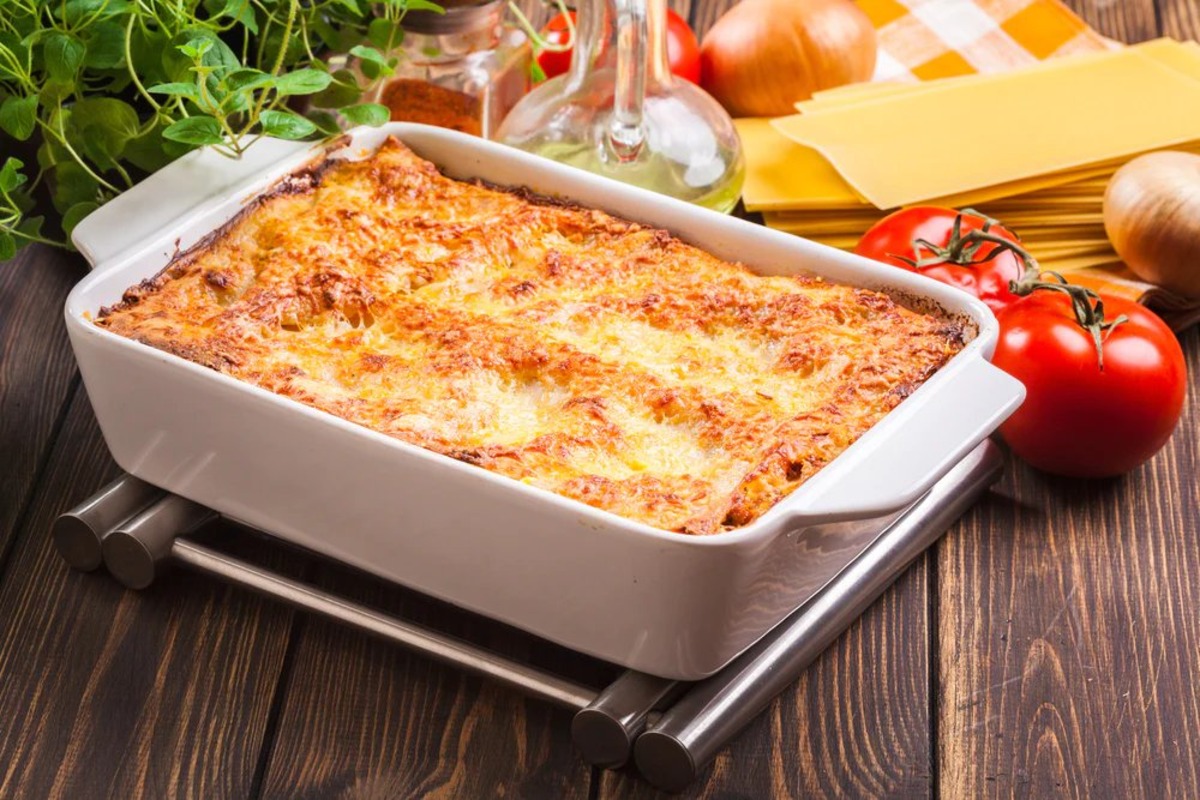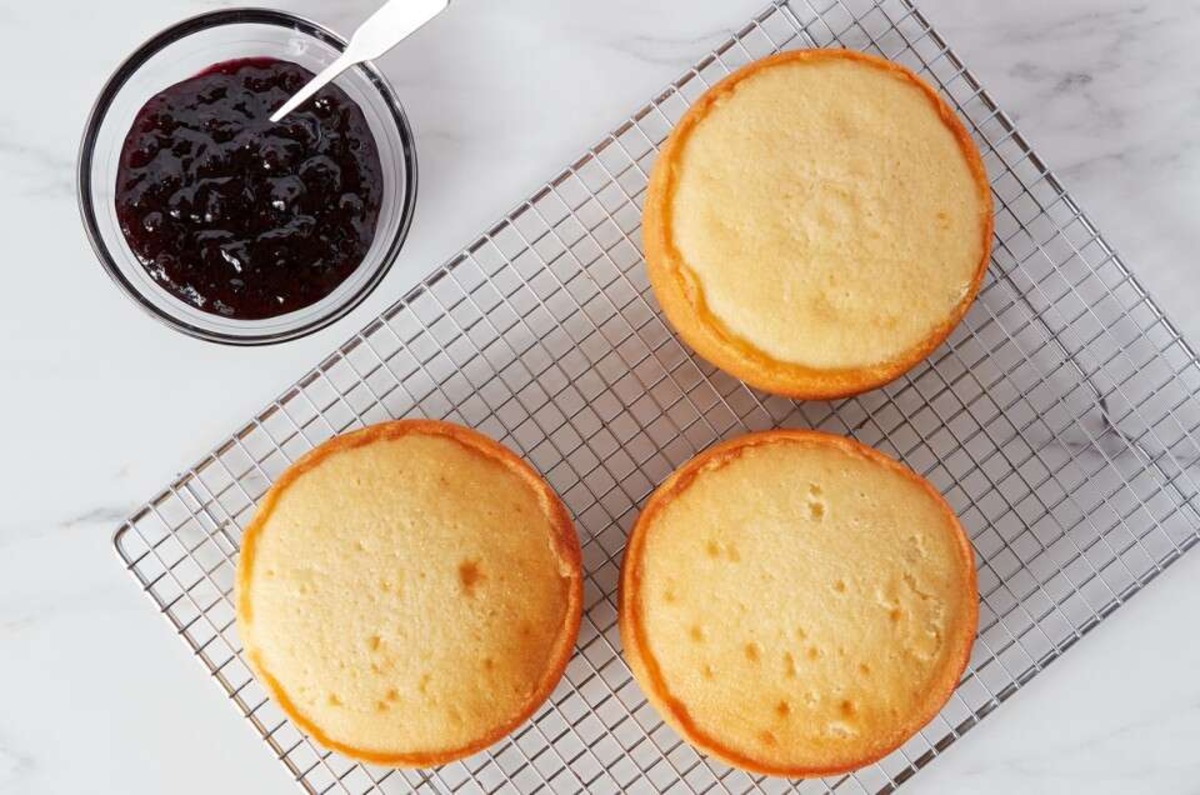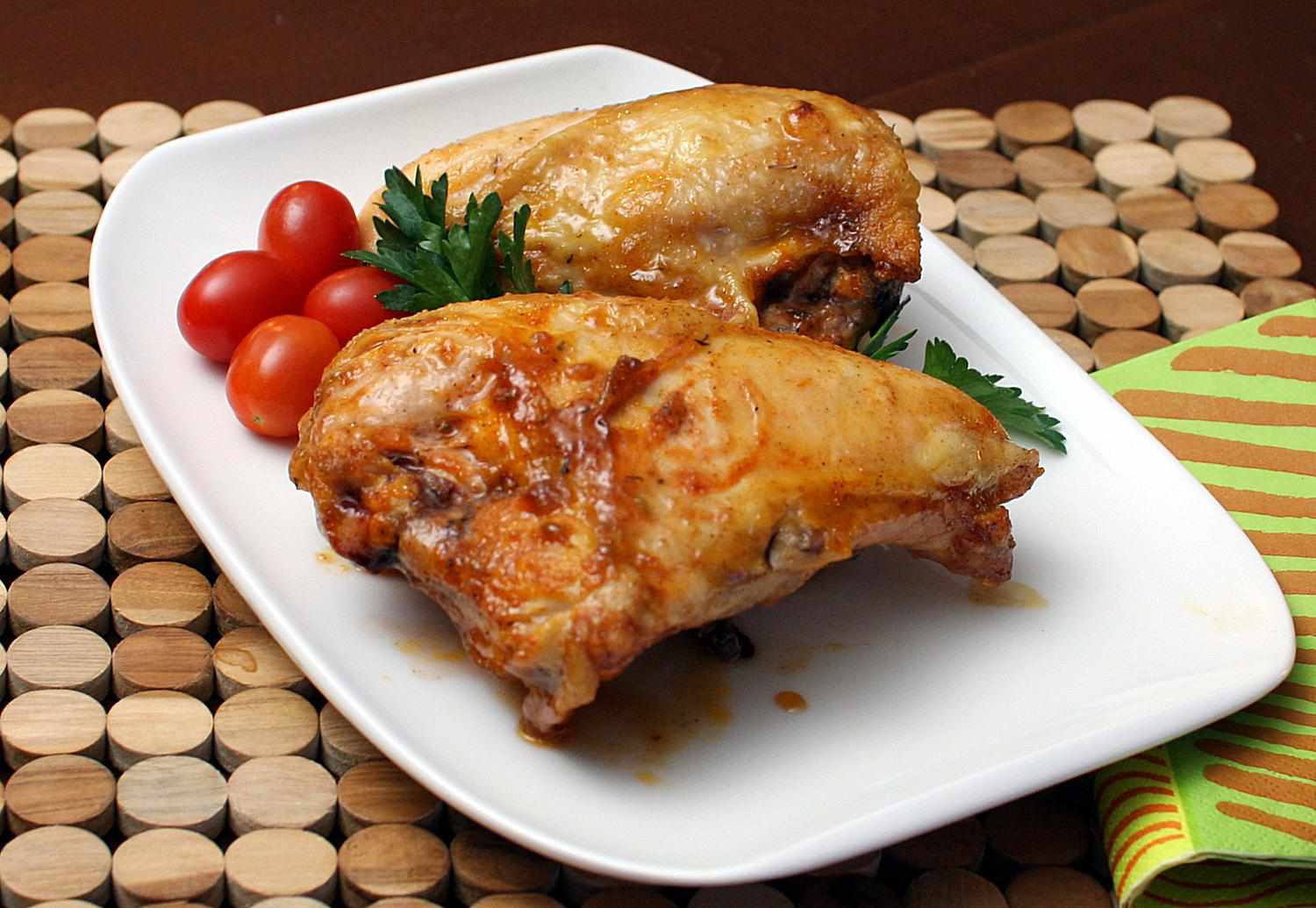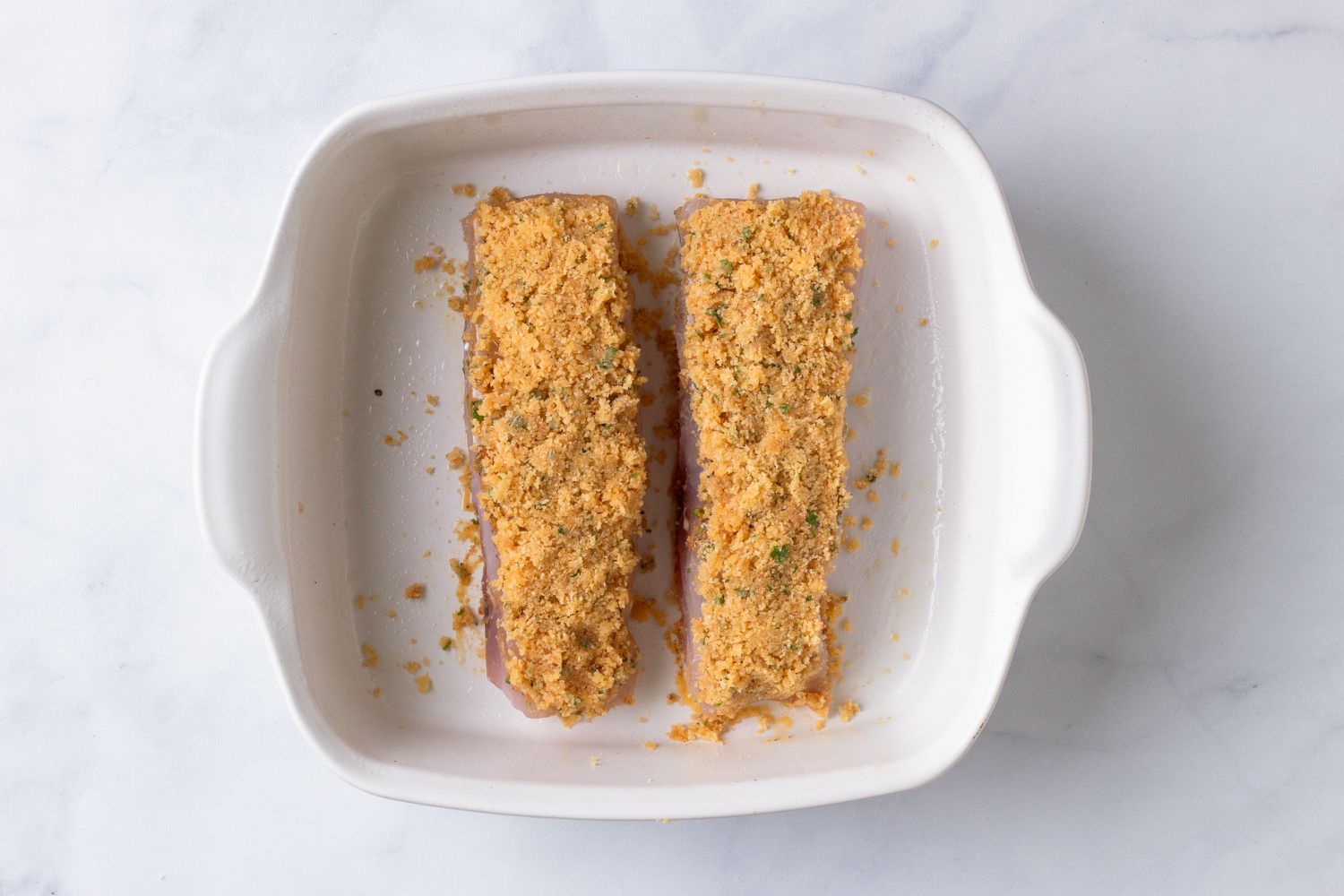Baking meringue at high elevation can seem like a daunting challenge, but with a few adjustments, achieving those light, airy peaks is entirely possible. High altitudes affect baking due to lower air pressure, which means adjustments are necessary for recipes to succeed. Key changes include increasing oven temperature, decreasing sugar, and possibly adjusting cooking times. This guide will walk you through the essential tweaks needed to perfect your meringue in higher elevations, ensuring it comes out glossy and stiff, just as intended. Whether you're a seasoned baker or new to the kitchen, these tips will help you master the art of high-altitude meringue making.
Essential Ingredients for Perfect High Elevation Meringue
- 4 large egg whites, room temperature
- 1 cup granulated sugar
- 1/4 teaspoon cream of tartar
- 1/2 teaspoon vanilla extract
Must-Have Tools for Crafting Meringue at High Altitude
- Mixing Bowls
- Electric Mixer or Whisk
- Spatula
- Baking Sheet
- Parchment Paper
- Oven Thermometer
- Measuring Cups and Spoons
Making meringue in high elevations requires adjusting sugar and egg white ratios. Increase oven temperature slightly, but reduce baking time to prevent drying out. Humidity affects texture, so monitor closely.
The Importance of Adjusting Meringue Techniques for High Elevations
Making meringue in high elevation requires adjustments due to lower air pressure, which affects how quickly egg whites foam and stabilize. Understanding these changes ensures your meringue peaks perfectly, avoiding common pitfalls like weeping or being too dense. Mastery of this technique allows for light, airy desserts even at altitude.
Adjusting sugar and oven temperature is crucial for successful high-elevation meringue. More sugar helps stabilize the foam, while a lower oven temperature prevents the outer layer from setting too quickly. This balance is key to achieving that ideal meringue texture: crisp on the outside, soft and chewy inside.
Your Step-by-Step High Altitude Meringue Mastery Guide
Adjusting Sugar Quantity
- Increase sugar in your meringue mixture by 2 tablespoons for every cup used. Extra sugar stabilizes the egg whites, countering the effects of lower air pressure at high elevations.
Egg Whites Temperature
- Ensure egg whites are at room temperature before whipping. Room temperature whites expand more easily, creating a fluffier meringue.
Acid Addition
- Add a pinch of cream of tartar or a few drops of lemon juice to the egg whites before beating. Acid helps strengthen the structure of the egg whites, making them more resilient to collapsing.
Beating Egg Whites
- Start beating egg whites on a low speed, gradually increasing to high. This method helps build a more stable and finer foam structure.
Monitoring Sugar Incorporation
- Gradually add sugar only once soft peaks have formed. Adding sugar too early can weigh down the egg whites, preventing them from reaching full volume.
Oven Temperature Adjustment
- Lower your oven temperature by 25°F from the original recipe. High elevation causes faster evaporation and quicker browning, which can dry out meringue.
Baking Time Extension
- Extend baking time by 5-10 minutes, depending on the recipe's original time. The lower temperature means your meringue will need longer in the oven.
Humidity Consideration
- If you're in a particularly dry area, cover the meringue with a damp towel after removing it from the oven to prevent it from drying out too quickly.
Storage Tips
- Store meringue in an airtight container with a slice of bread. The bread helps manage moisture levels, keeping the meringue crisp.
Practice Patience
- Meringue making at high elevations requires patience and practice. Don't get discouraged by initial failures; each attempt teaches you more about how your specific elevation affects the process.
Mastering Meringue at High Altitudes
Crafting meringue in high elevations doesn't have to be a daunting challenge. With these tailored adjustments, you're well on your way to achieving that perfect, fluffy texture every time. Remember, reducing sugar, increasing oven temperature slightly, and adding a bit more egg white are your best bets for success. Practice makes perfect, and soon, you'll be whipping up meringues that stand tall and proud, regardless of the altitude. So, don't let the mountains intimidate you. Embrace the adjustments, keep an eye on your peaks, and get ready to impress with your high-altitude baking skills. Happy baking!
All Your Questions About High Altitude Meringue Answered
How does high elevation affect meringue making?
Well, high elevation messes with baking big time due to lower air pressure. This means your meringue might dry out faster or struggle to set properly. You've gotta tweak your recipe to combat these issues.
What adjustments should I make for meringue at high elevation?
First off, consider increasing your oven temperature slightly but reduce baking time. Add an extra egg white for stability and consider reducing sugar a tad. Also, a pinch of cream of tartar can help stabilize your egg whites.
Can I use the same sugar amount in high elevation?
Not really. You might wanna cut back on sugar a bit. Too much can make your meringue weepy, especially up high. Try reducing it by a tablespoon or two, depending on your recipe.
Why add an extra egg white at high elevation?
Extra egg white helps strengthen the meringue structure, which is crucial when the air's thinner. It's all about giving your dessert the backbone it needs to stand tall and proud.
Is cream of tartar necessary for high elevation meringue?
Absolutely. Cream of tartar is like a secret weapon. It helps your egg whites whip up firmer and stay that way. A pinch can make a world of difference in getting that perfect peak.
How do I know when my meringue is done baking at high elevation?
Keep an eye out for a crisp exterior and a slight golden color. But remember, baking times can be shorter, so start checking a bit earlier than usual. Touch tests and visual cues are your best friends here.
Any tips for storing meringue in high elevation?
Sure thing. Store your meringue in an airtight container to keep it from getting too dry or chewy. If your kitchen's particularly humid, tossing in a silica gel packet can help keep things crisp.
